Tangerine Pu-erh Tea: A Refreshing and Healthful Fusion of Citrus and Aged Tea
Tangerine Pu-erh Tea, also known as Xiao Qing Gan, is a unique Chinese tea that blends the zesty freshness of young green mandarins with the deep, mellow flavor of aged Pu-erh tea. Originating from Guangdong Province, this tea has become increasingly popular among tea lovers around the world for its distinctive aroma, flavor, and health benefits.
A Handcrafted Fusion of Fruit and Tea
The production of mandarin Pu-erh tea is an intricate process. First, small, unripe green tangerines are harvested at just the right time. Each fruit is carefully hollowed out, creating a natural citrus shell. Then, high-quality ripe Pu-erh tea (shou pu-erh) is stuffed inside the empty fruit. The whole is then sun-dried or slow-dried at low temperatures to allow the citrus oils and tea to meld together perfectly.
This meticulous method infuses the Pu-erh with a light citrus aroma while preserving the earthy, rich character of aged tea. The result is a well-balanced tea that is smooth, slightly sweet, and gently tangy.
Health Benefits of Xiao Qing Gan Tea
This tea is rich in vitamin C from the tangerine peel and polyphenols, catechins, and theabrownins from Pu-erh tea. These compounds may support:
Immune system health
Digestion and gut balance
Cholesterol and fat metabolism
Gentle energy without jitters
It’s a perfect choice for those seeking a caffeine-moderate, digestive-friendly beverage with a refreshing twist.
How to Brew Tangerine Pu-erh Tea
To enjoy Xiao Qing Gan, simply break off about 5–8 grams of the dried tea (including some peel), and place it into a teapot or gaiwan. Add boiling water at 95–100°C (203–212°F). Steep for 3–5 minutes, and savor the beautiful golden liquor with a mellow citrus scent and a smooth, earthy finish. You can re-steep it multiple times, often yielding 5–7 infusions.
Storage Tips for Xiao Qing Gan
To preserve the quality and flavor of tangerine Pu-erh tea, store it in a cool, dry, and odor-free environment. Avoid direct sunlight, moisture, or exposure to strong smells (such as spices or perfumes), as the tea can absorb odors easily. A breathable clay jar, paper box, or food-grade container with good air circulation is ideal. Over time, the tea will continue to mature and mellow, developing even deeper aroma and taste.
To watch the video, please click here
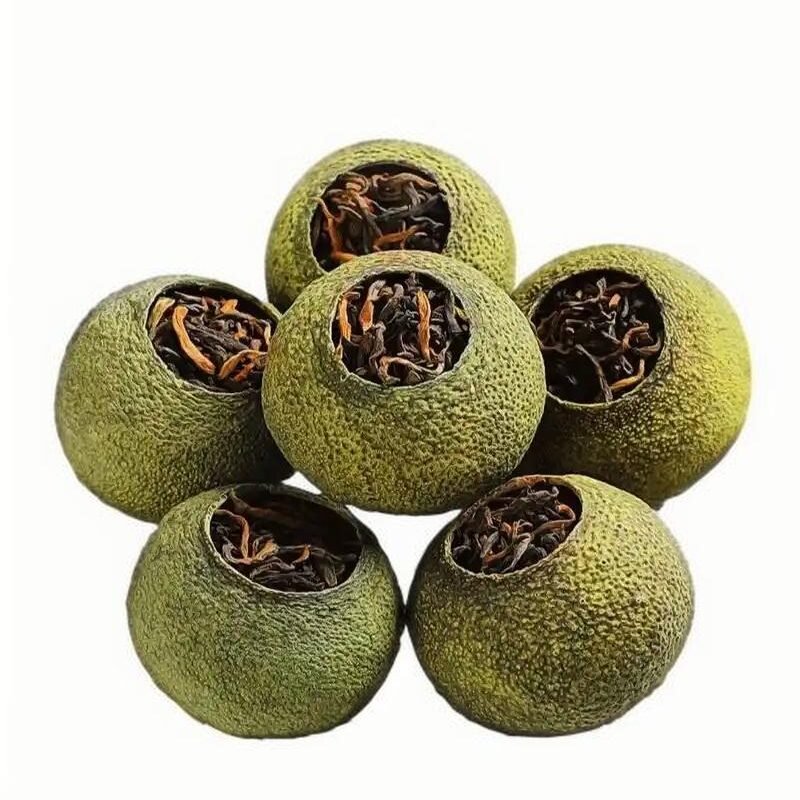
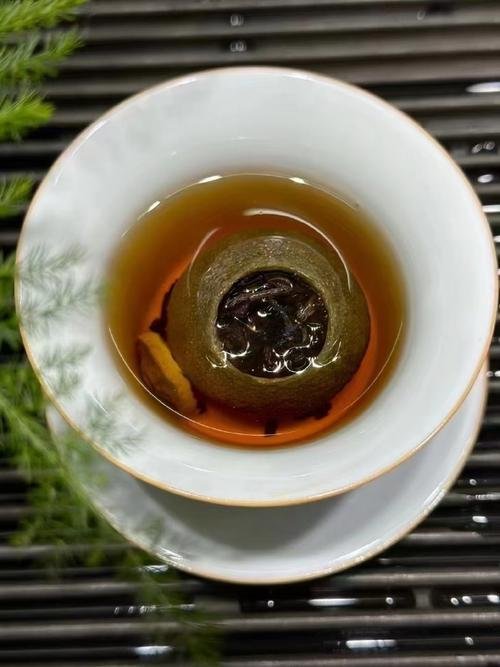
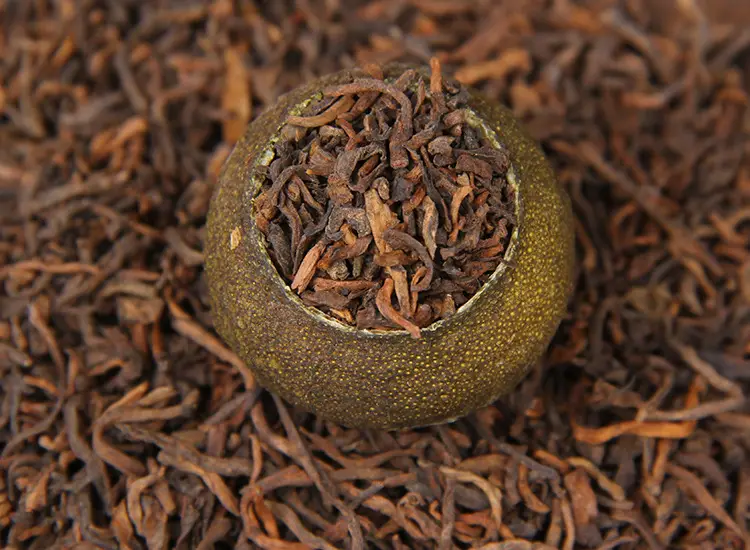
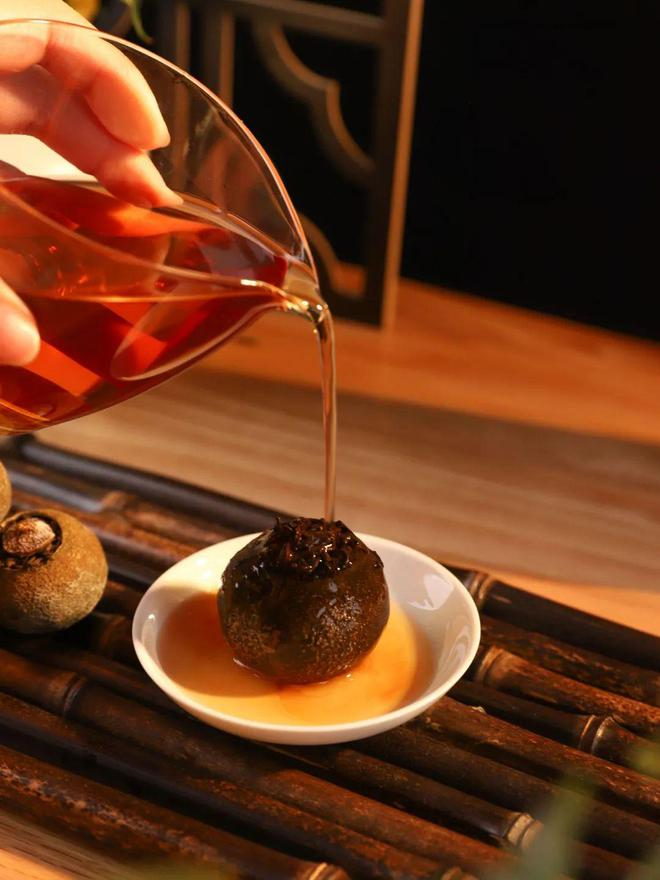
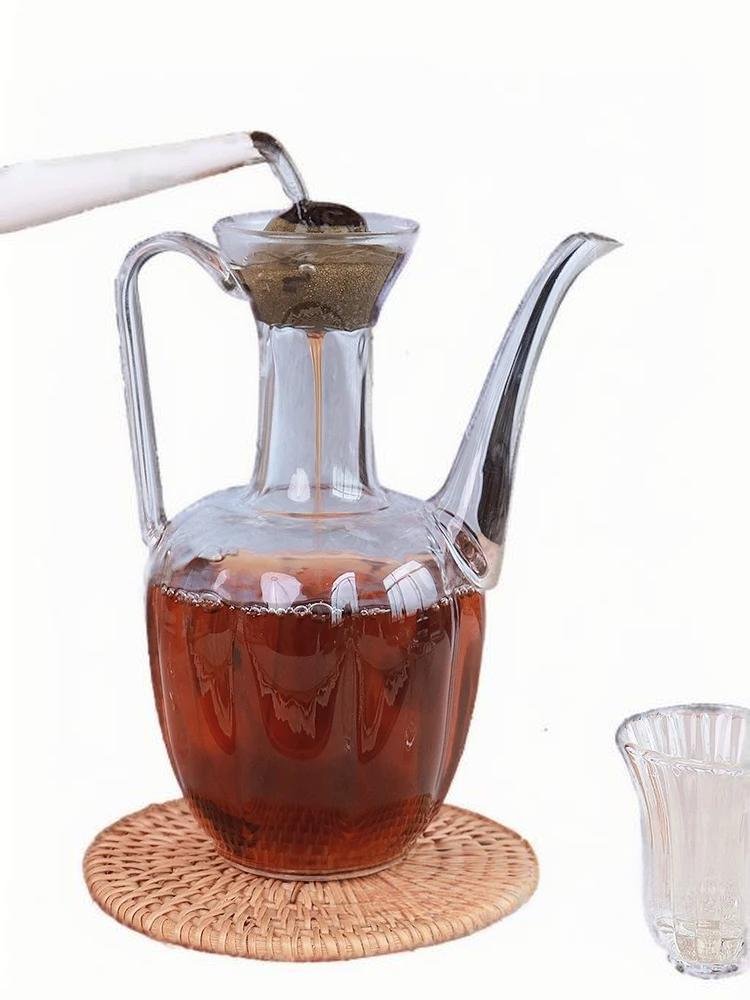



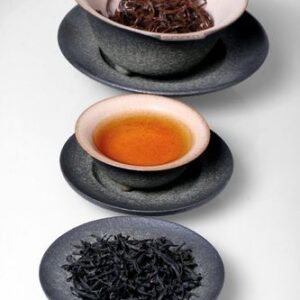
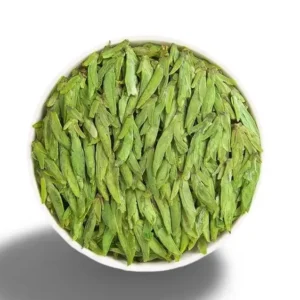
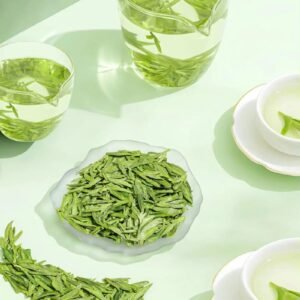


teddylong511 –
The fragrance of green citrus blends with aged Pu’er, featuring red soup, mellow taste and lingering sweetness.